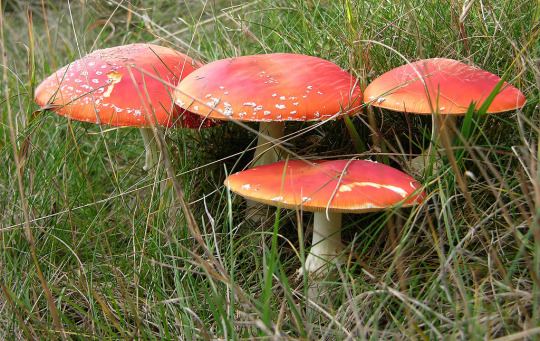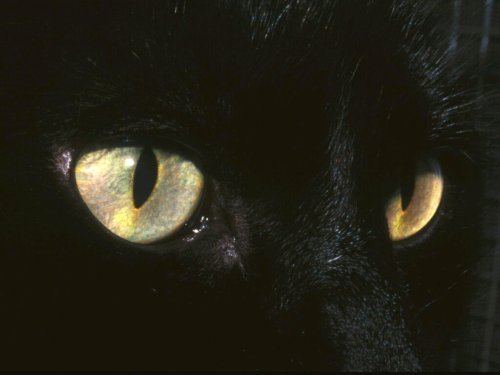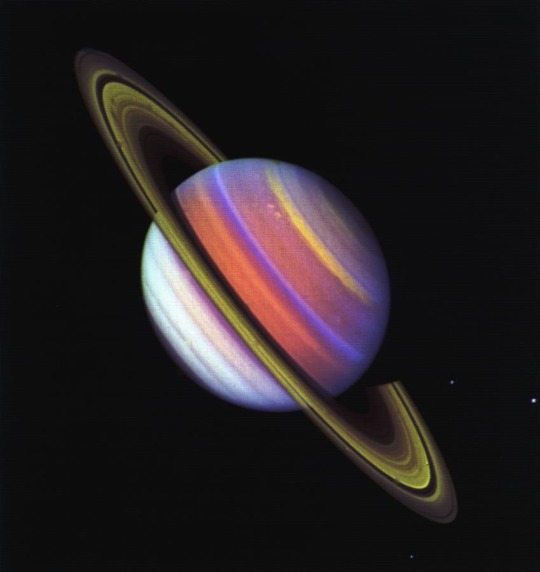Text

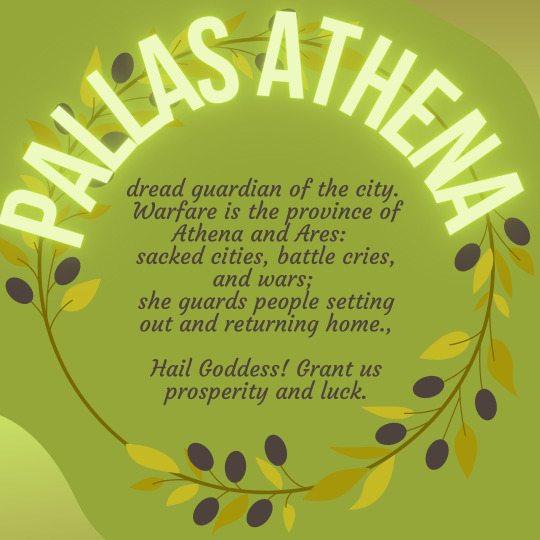


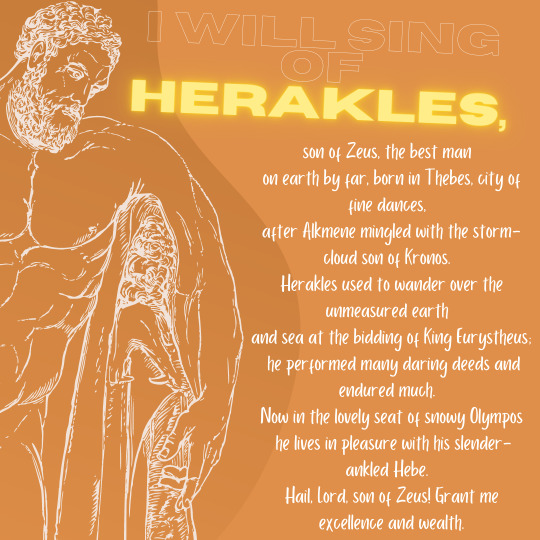
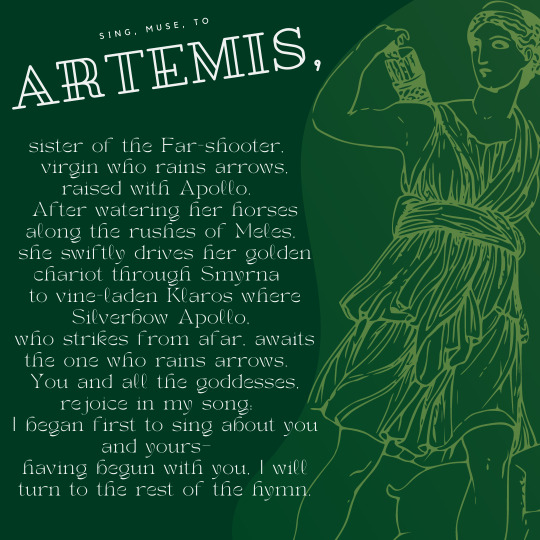


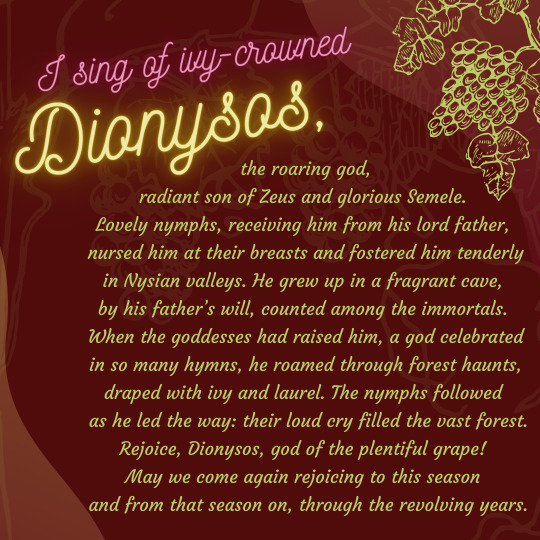
Prayer cards I made for the monthly observances. Turns out even with a book I end up wanting something more convenient. All the hymns used are Homeric ones (short ones preferred for obvious reasons).
Feel free to use and abuse. No credit needed. I literally don't care.
326 notes
·
View notes
Text
a lot of emphasis is placed on discerning whether or not certain events are really “signs” from the gods or not, and that’s absolutely important, but it’s also okay to just see the divine in things. whether something is really directed at your or not, the gods are everywhere. that thunderstorm may not have been personally sent from zeus to you, but that doesn’t mean that it wasn’t him at all. i see sparrows all the time not because of some divine portent but because they live all over my neighborhood, but they always remind me of aphrodite. seeing the divine in the everyday is a beautiful thing.
706 notes
·
View notes
Photo

https://www.instagram.com/p/B1OrVIiowRx/
929 notes
·
View notes
Text
Deepening your relationship with a deity (in Hellenic polytheism)
Sometimes basic ritualistic or casual worship forms are no longer enough for you. You just want to do more and strenghten your connection to a god.
If that’s you, here you have some tips:
Do what you were already doing, but more. Make your rituals more regular. If you engage in casual worship activities, continue. Or you can start, if you don’t. Make your devotion a part of your everyday life.
Pray using your own words. Talk to your deity, write letters if it fits you more, or do both. Not only praise them, but tell them about yourself, your life, your feelings and reflections. Make your prayers personal.
You can engage in contemplative activities. You don’t have to become a mystic and this is in no way required to have a beautiful, deep and meaningful relationship with a god. However, this is certainly one of the things that can bring you closer to them.
Pursue more serious study. Learn about your deity not only from tumblr and theoi.com - read academic books, articles, ancient texts about them. Just remember to compare things you read with eachother and pay attention to the sources. And to not forget about actually doing things practically.
Engage in activities connected with your deity. I mean activities that become regular part of your life, not one-time devotional acts (they’re nice and also can bring you closer to the gods, but they’re not the ones I talk about). You can for example learn/practice playing a musical instrument for Apollo, or pursue shadow work for Hekate.
Pursue ethical work. Work generally on your Arete, pay extra attention to the values connected with your deity. For example, you are devoted to Zeus, so you work to be as just, generous, honest and wise as you can, and you stand for justice. You can engage in special work connected with their values, like voluntary work or social activism.
2K notes
·
View notes
Video
tumblr
kampiotis: In the Iliad, Homer describes Poseidon, god of horses, earthquakes, and the sea, driving a chariot drawn by brazen-hoofed horses over the sea’s surface. I now know why.
69K notes
·
View notes
Photo

The Dying Achilles - 1854. Filippo Albacini (1777-1858). marble. Accademia Nazionale di San Luca (Italy) http://hadrian6.tumblr.com
5K notes
·
View notes
Text
Maenadism, Artemis and Dionysus
(Warning: Very long. Sorry.)
This is a topic that has been requested by @aimee-maroux and prompted by this quote by Richard Seaford in “Tragedy, Ritual and Money in Ancient Greece: Selected Essays”:
“Maenads leave home where they resist men, become like animals, and perform sacrifice. Hence the frequent association of Artemis with Dionysos. […] They go rather to reject the men of their own household and polis. Accordingly, the Dionysiac thiasos contains married as well as unmarried women, whose departure disrupts the household in different ways. […] In the Bacchae, the Theban maenads are compared to fillies that have LEFT the yoke.”
There is actually a lot that can be said about this short 5-sentence quote. So much so that we will be focusing on two main points: First, we will address what Seaford refers to when he says “Hence the frequent association of Artemis with Dionysos.” and then, I will comment briefly comment on the distinction between literary and cultic maenadism.
Dionysus and Artemis are mythologically and ritually connected, for they share an important common theme: wilderness. The term alone is muli-faceted. It can refer to the wildness of nature, animals and vegetation alike, or it can refer to the wilderness of spirit. Both deities know how to play with the duality of the concept. Because of their respective nature, neither were expected to be predictable. On a symbolic level, there is an union and contrast between the god of vegetal fertility and Artemis’ link to virginity.
The city of Patras and human sacrifice
Pausanias tells us of the tale of how the city of Patras came to be freed from performing human sacrifice to Artemis Triklaria. According to him, the ancient custom of human sacrifice itself was a punishment from the goddess in response to the actions of one of her priestesses. The priestess, Comaetho, had made love with her lover in the sanctuary of the goddess. Insulted, Artemis sent pestilence upon the city. The Pythia is then consulted to figure out how to appease Artemis, and she tells them to ritually sacrifice Camaetho and her lover to the goddess and that this sacrifice must be repeated annually with the fairest maiden and young man as victims. A prophecy indicated that the sacrifices would cease when a foreign king would bring with him a strange god. And so, it happened: when Troy was captured and the king Eurypylos recieved as war bounty a chest containing a statue of Dionysus crafted by Hephaestus himself. A statue so powerful that it would drive mad anyone who looked at it, and so it drove Eurpylos mad.
Trying to understand the source of his madness, he consults the Pythia as well, who proceeds to tell him that he will come across a city that performs strange sacrifices, and that this is where he should set down the chest and make his home. And indeed, the winds carried his ship to land in Patras. Upon landing, he comes across the couple that was to being carried to the altar that year and he understood the meaning of the oracle. The people of Patras, also recognizing the events of the prophecy, adopted the cult of of Dionysus (under the title of Aesymnetes) and stopped considered themselves fred from their bloody obligation to Artemis. As for Eurypylos, his madness faded away.
Still according to Pausanias, the cult of Dionysus Aesymnetes and Artemis Triklaria included that a procession of children led by a priest who would go down at night to the Meilichos River wearing wreaths made of ears of corn (not maize, corn as in some type of cereal). The children first wear this wreath of grain, a reminder of the wreath worn by the ancient sacrifical victims, and once they have bathed in the river, they change to wear a wreath of ivy and go to the temple of Dionysus Aesymnetes. This ritual thus symbolizes the city’s the liberation from Artemis’ punishement.
This ritual has been interpreted in various ways and we unfortunately probably don’t know enough about the rest of the festival(s?) to pinpoint the exact meaning of the cult. It does seem that the rites to Artemis Trikalia and Dionysus Aesymnetes were not held simultaneously. We also know that by the second century AD the cult of Artemis Triklaria in Patras was no more. However, what is interesting to keep from this is that Dionysus and Artemis seemed to have been considered as sharing enough common features to be substituted for one another.
There seems to have been other Greek cities where the cult of Artemis and Dionysus where somehow closely linked and suggestions have been made (eg. Dionysus’ absence in Sparta might be explained by the fact that Artemis held similar cultic functions), but the evidence is too sparse to make serious claims.
Other notable links
Now that we’ve seen the biggest chunk, I’ll quickly go through some smaller elements:
In the Odyssey, Artemis kills Ariadne “Dionusou marturiêisin” (on the denunciation of Dionysus), which some have interpreted as “on Dionysus’ indictment.” If this interpretation is correct, it would highlight Dionysus’ and Artemis’ role as destructive deities.
The use of masks during the Spartan Ortheia
They are the only Olympians to ever have the epithet “polynumia” (of many names)
A common ability for natural madness.
Maenadism in the Bacchae vs. in cult So, we now have commented one (1) sentence of the original quote. Let’s move on to the main topic, that is, maenadism. It’s very important to point out what exactly Seaford is commenting on here: he is not making claims based on cultic reality. Rather, he is commenting on maenadism as portrayed in the Bacchae and, by extension, maenadism in the collective imagination of the Athenians.
The reason I’m bringing this up and making the clarification right away is because maenadism has been very discussed and debated, especially when asking the question of “does the Bacchae, and Greek art in general, portray a faithful image of a maenadic ritual?”. The general consensus since Henrichs articulated his thoughts about it in the 70s leans more towards the no, in the case of Athens. Maenadic rites were for the most part organized celebrations to which only restricted groups could participate. They more likely belonged to the elite of society.
While the maenads in the Bacchae do reject the men of their households, the sources we have rather seem to indicate that women had to gain their husband’s consent to participate in the ritual (as Plutarch tells us with the women of Amphissa). Of course nuance is needed also when handling those sources, which might have also tried to convey the idea that men were still in charge afterall, but it is also not impossible that men considered those rites as a necessity to please Dionysus. What is sure however, is that Greek women who participated in maenadic rites must have greatly enjoyed those short escapes from reality.
Sources: Pausanias, Description of Greece, 7. 19. 1 - 20. 1 (exerpt available on theoi.com) Bremmer J.N., Greek Maenadism Reconsidered, in; Zeitschrift für Papyrologie und Epigraphik, Bd. 55, 1984 Henrichs, A., Greek Maenadism from Olympias to Messalina, in: Harvard Studies in Classical Philology, 82, 121, 1978 Hughes D., Human Sacrifice in Ancient Greece, Routledge, 1991 Rangos, S., Cults of Artemis in Ancient Greece (Doctoral thesis), University of Cambridge, 1996
502 notes
·
View notes
Text
every holocaust memorial day, i always ask people to keep romani people in their thoughts, but this year i’d like to clear up some misconceptions that i see every year w/ a psa
romani people are not white. we’re south asian (from northern india), and each subgroup has a unique racial makeup of asian/white/etc, in different amounts. this is also why we vary wildly in physical appearance/skintone
we still face oppression. what we face, especially in europe, can still be constituted as attempted genocide, as we’re forced to live in hazardous conditions or to give away our children, be sterilized, etc just for the crime of being roma
the ‘g slur’ isn’t just an american issue. the reason some european roma prefer the slur is because, in many countries, there is no term for roma that isn’t a slur, and it’s either the g slur or the literal translation of the n word. i’m romanian, and if you used the slur in my hometown, you’d get slapped, since we just use ‘roma’.
we live in every continent across the world. some of the largest romani populations exist in south america, predominantly in brazil. they are no more and no less roma than their european counterparts, and they, like romani in asia, africa, etc all face unique challenges and oppression.
we’re the largest ethnic minority in europe, and yet have almost no political power, no land ownership power (in some places, we’re forbidden from owning land entirely), etc. with very few reputable charities- a lot of us reject charity by principle, as well as there being a general lack of education about us- the best thing you can do to help romani people is to just spread information, and help individuals when you can.
116K notes
·
View notes
Photo


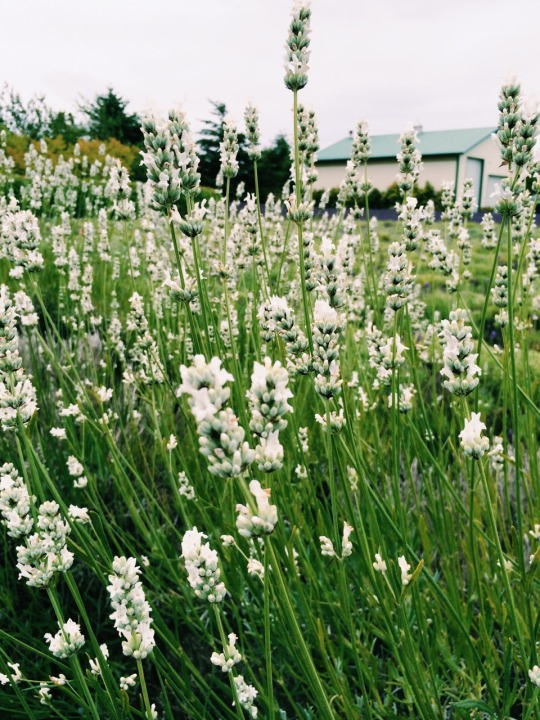
the second lavender farm had white lavender and mmmm it was so pretty and it smelled nice
166K notes
·
View notes
Text
Family Tree - Tarot Spread
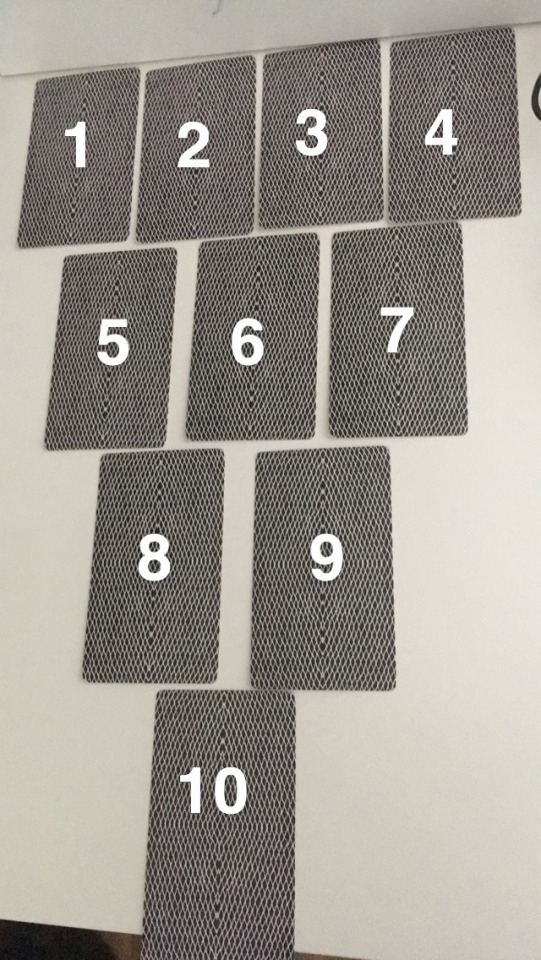
1.Female bloodline blessing. 2.Female bloodline challenge. 3.Male bloodline blessing. 4.Male bloodline challenge.
5.The talent on your mother’s side of the family you should develop in this life time? Then read card number 7, because card number 6 will be read together with card 8 and 9. 7.The talent on your father’s side of the family you should develop in this life time? 6.How to maximise on both talents (read with cards 8 + 9). 8.Advice from your ancestors for the immediate future. 9.Further advice from your ancestors.
10.How well you are aligned with your ancestral power.
Tarot deck used in this layout: The Wild Unknown
645 notes
·
View notes
Text




“Eros”
A shoot I modelled in and creatively directed for Valentine’s Day.
118K notes
·
View notes
Photo

Hermaphroditus. Musée du Louvre.
710 notes
·
View notes
